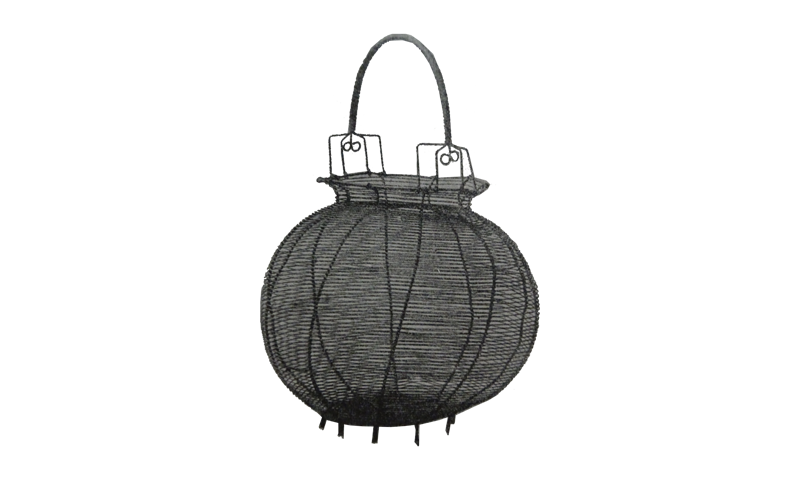The houses in Ancient Greece were commonly of the atrium-type: the rooms were arranged around a central courtyard. In many such homes, a covered but otherwise open patio served as the kitchen. Homes of the wealthy had the kitchen as a separate room, usually next to a bathroom (so that both rooms could be heated by the kitchen fire), both rooms being accessible from the court. In such houses, there was often a separate small storage room in the back of the kitchen used for storing food and kitchen utensils.
Nearly 80% of the Ancient Greeks were involved with agriculture. They didn’t ignore the pleasures of eating, but valued simplicity.
Ancient Greek Breakfast: Undiluted wine (their wine was often sweet and fruity) mixed with bread / bread crumbs.
Ancient Greek Foods (partial list): Fish; pig; roe deer; lamb; wild fowl; stews, stock; stuffing; cheese; beans and lentils, eggs; shellfish; diluted wine; grains were barley, wheat, spelt, rye; vegetables such as asparagus, artichokes; cabbage, carrots, cucumbers, leeks, onion, yellow and white turnips, kale, lettuce, pumpkins, winter squash; hors d’oeuvres-sized foods such as meatballs, sausages, forcemeats, fish croquettes, and galantines (de-boned stuff meat); olives and olive oil; vinegar; honey; spices including pepper, lovage, rue seed, oregano, mint, wild celery, pennyroyal, cinnamon, cumin, parsley, curry, dill, coriander; roses; garum (in place of salt); fruits and nuts such as figs, dates, raisins, pomegranates, bayberries, pine nuts, almonds.

